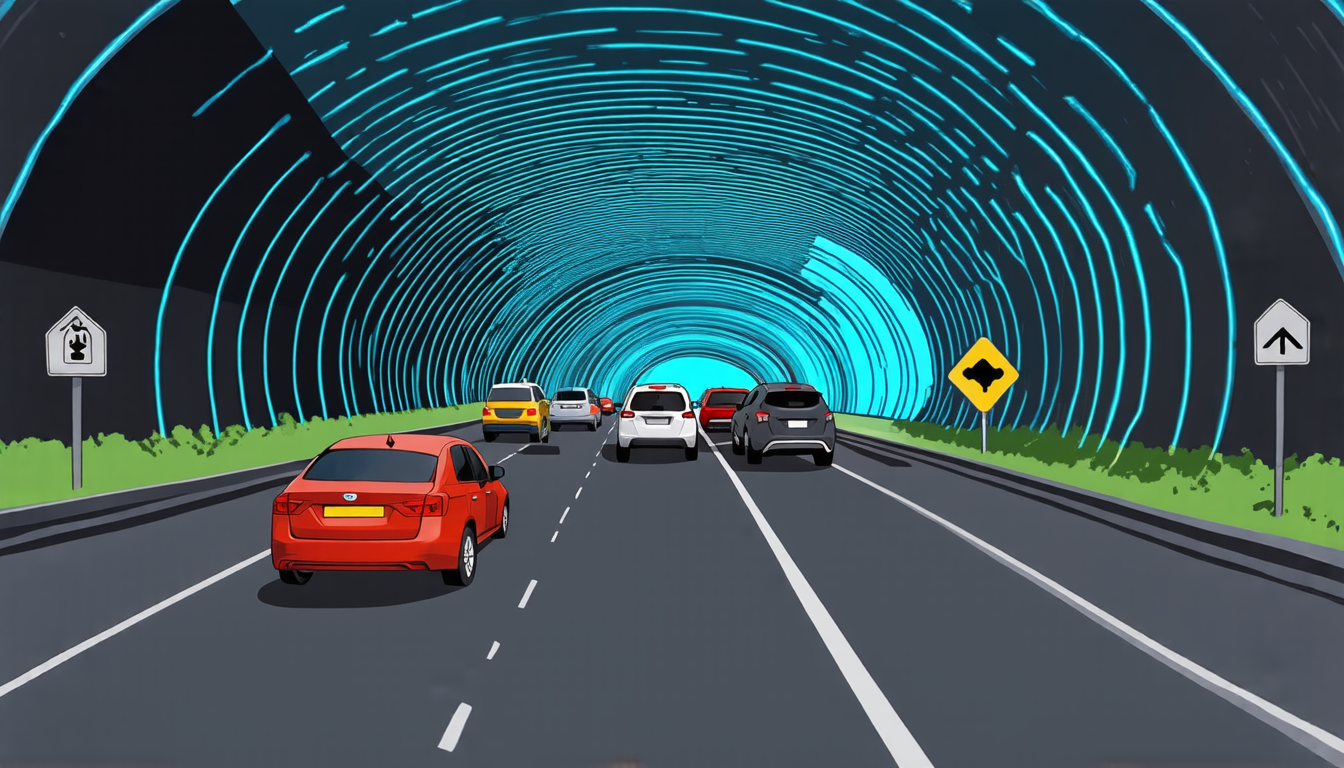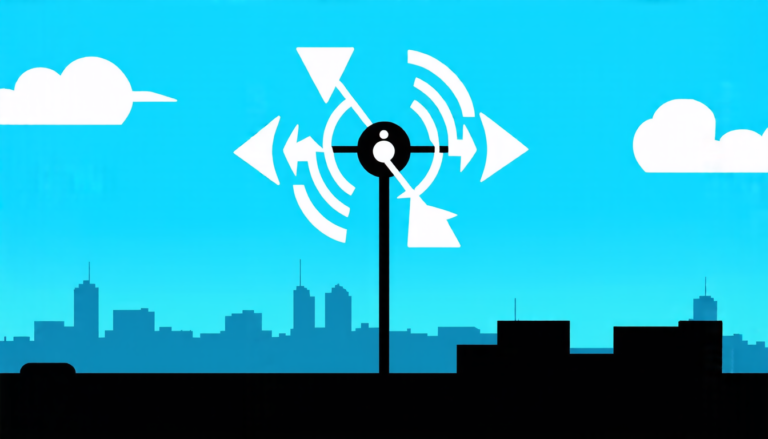Thursday 24 July 2025
In recent years, researchers have been working on developing a new type of fibre-optic sensor that can detect vibrations in roads and highways. These sensors are designed to be used in intelligent transportation systems (ITS), which aim to improve traffic flow by providing real-time information about road conditions.
The sensors work by detecting the minute vibrations caused by moving vehicles. By analyzing these vibrations, engineers can infer details such as vehicle speed, distance between vehicles, and even the types of vehicles on the road. This information can then be used to optimize traffic signal timing, lane management, and even emergency response times.
One major challenge in developing these sensors is noise reduction. The fibre-optic cables that transmit the vibrations are prone to interference from external sources such as wind, temperature changes, and even nearby construction work. To combat this issue, researchers have developed a new algorithm that uses a combination of deep learning techniques and traditional signal processing methods.
The algorithm, known as HDLNet, is designed to learn patterns in the noise data and adapt to changing environmental conditions. By combining the power of deep learning with traditional signal processing techniques, HDLNet is able to effectively remove noise from the sensor data, allowing engineers to extract more accurate information about road traffic.
In a recent experiment, researchers tested HDLNet on real-world fibre-optic sensor data collected in a highway tunnel. The results showed that HDLNet was able to outperform traditional signal processing methods, achieving a significant reduction in noise levels and resulting in more accurate estimates of vehicle speed and distance.
The implications of this technology are vast. By providing real-time information about road traffic, ITS can help reduce congestion, improve safety, and even save lives. Additionally, the data collected by these sensors could be used to develop more efficient transportation systems, reducing costs and environmental impact.
As researchers continue to refine HDLNet and other fibre-optic sensor technologies, we can expect to see significant advancements in intelligent transportation systems. With the potential to transform the way we travel, these innovations have the power to shape the future of our cities and communities.
Cite this article: “Revolutionizing Intelligent Transportation Systems with Advanced Fiber-Optic Sensors”, The Science Archive, 2025.
Fibre-Optic Sensors, Intelligent Transportation Systems, Road Traffic Monitoring, Vibration Detection, Noise Reduction, Deep Learning, Signal Processing, Highway Tunnel, Vehicle Speed, Distance Estimation







